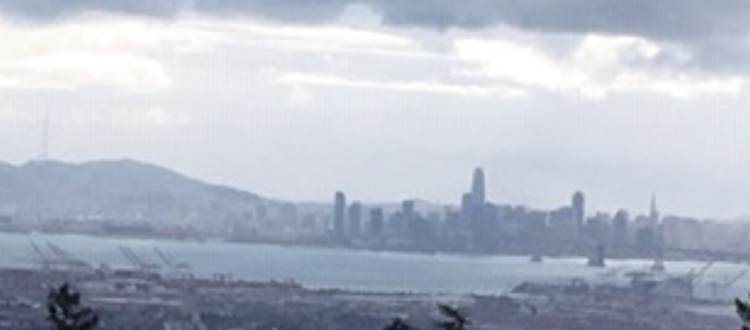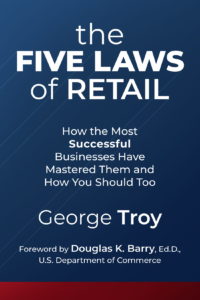What Looking at the San Francisco Bay Tells Us about TARIFFS ON RETAIL
I have looked at the San Francisco Bay nearly every day for almost my entire life. The last couple of weeks I’ve noticed something that I have never seen before.
Whales? No. Aircraft carriers. Nope. Huge cruise ships? All the time. The Navy’s Blue Angels? Each year during Fleet Week.
Take a look at the picture, and see if you can see what is so unusual.

Hint: It’s not what’s there; it is what isn’t there.
What is so different is that the Bay is almost empty. The Port of Oakland is a major port on the west coast and the fifth largest in the entire US. On any given day during normal times there are 8, 10, or more heavily laden container ships anchored in the Bay and waiting to enter the port. They are waiting to unload TVs, bicycles, toys, garments from China, and load avocados, wheat, fruit, and nuts from California and across America.
Lately the port has been empty. No trade going back and forth. There is no way that this is a good sign.
Facts About Taxes and Tariffs
Here are a few facts everyone should be crystal clear on.
First, Chinese manufacturers do not pay tariffs on Chinese exports to the US. Tariffs are paid when the goods arrive at the port in the US, not when they leave China. Those tariffs are paid by whoever ordered the product from China. It is an increase on the cost.
For example, if Macy’s orders a dress shirt made in China and planned for the cost to be $10 and the retail to be $20, the additional tax raises the cost to $12.50. So either the retail price will go up to $25.00 or Macy’s will order fewer shirts. Or both. Remember the Third Law of Retail: The retail price is important, not the cost because that’s what the consumer cares about. In the example of Macy’s shirt, it may not be worth the $25 retail price that their mark up strategy would require.
Second, trade between countries must constantly change and evolve, and there is no question that we need to make changes to our agreements with China. We need to protect intellectual properties and sell more to them. The question is, what are the best ways to accomplish that? One-dimensional bullying to fulfill a bumper sticker slogan will not achieve those goals. Some of the mechanisms to effect change include agreements with other trading partners and giving something to get something .
Third, something this complex and with this many moving parts will always produce unintended consequences. One must try to think not just one step at a time but two, three, and four steps down the road. Unfortunately, it appears that those politicians making these decisions really do not have the capacity to think that far ahead.
One consequence that we do know will happen without question is that this additional tax will increase retail prices and most likely depress retail sales … just as these empty shipping lanes in the San Francisco Bay now are a result of the tax on imports levied last year. New import taxes now will hit us later this year at holiday time and then Q1.
To learn more about The Five Laws of Retail and subscribe to regular blogs on the retail industry, fill out the contact form.















